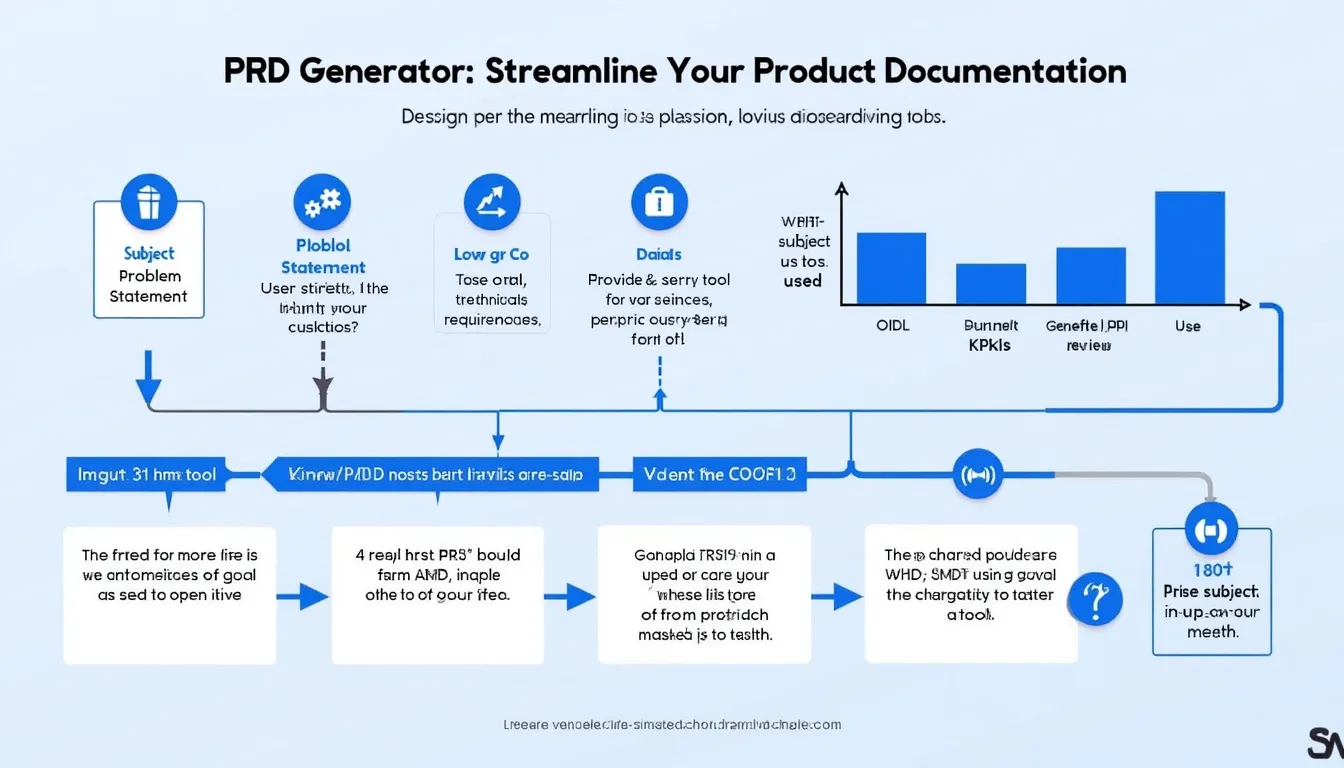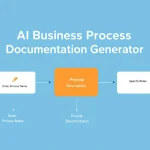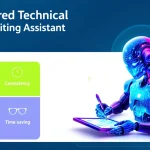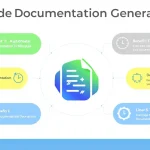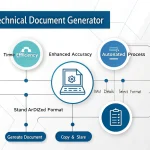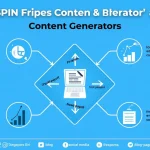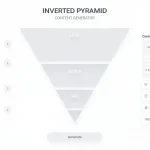Is this tool helpful?
How to use the tool
- Enter a clear subject. Examples: “AI-Powered Tutoring Chatbot”, “Reusable Space Cargo Module”.
- Add optional context. Example 1: “Target users are high-school students; integrate GPT-4 for personalized feedback.” Example 2: “Must survive 50 re-entry cycles and comply with ISO 14620.”
- Click “Generate PRD.” The API (process_llm_form) assembles a structured document covering overview, goals, user stories, KPIs and risks.
- Review the output. Check technical accuracy and stakeholder alignment.
- Copy & refine. Move the text into your editor or ticketing system for further edits or team comments.
Quick-Facts
- Core PRD sections defined in ISO/IEC/IEEE 26514:2018 (ISO, 2018).
- Typical PRD length: 6–12 pages for SaaS features (Atlassian Guide, 2023).
- Proper requirements documentation cuts project rework by 30–50 % (PMI Pulse 2021).
- Clear early requirements boost project success to 76 % (Standish CHAOS 2020).
Why streamline your PRD?
- Save time. Automation lets you focus on strategy rather than formatting.
- Ensure consistency. Every PRD follows the same template, easing peer reviews.
- Improve communication. A single source of truth aligns designers, engineers and executives.
- Reduce risk. Capturing assumptions early minimises costly mid-sprint changes.
Common use cases
1. Feature rollout for a B2B SaaS dashboard
Outline problems, goals, user stories and data-source integrations quickly.
2. Hardware–software IoT product
Document regulatory constraints, firmware dependencies and KPIs such as standby power.
3. Enterprise software enhancement
Capture stakeholder pain points, migration paths and API changes in minutes.
Standards insight
“A requirements specification shall be complete, consistent and testable” — IEC 62304 §5.1 (IEC, 2015).
FAQ
How fast is generation?
The PRD typically appears within 5-10 seconds after submission (internal benchmark, 2024).
Can I edit sections later?
Yes. Copy the text, then adjust language, add diagrams or link to tickets.
Is the format Agile-friendly?
The output maps goals to user stories, so you can drop them straight into your backlog (Scrum Guide 2020).
Does it support multiple features?
Run the form separately for each feature, then merge the documents to create an epics-level PRD.
Are documents stored on the server?
No. The tool returns HTML only; save your copy locally to retain it.
Which teams benefit most?
Product, engineering and UX teams working on digital or connected products benefit from clearer scope (Gartner, 2023).
What sections are always included?
Overview, problem statement, goals, user stories, metrics, risks and open questions, aligning with ISO 26514.
Can I export to PDF?
Paste the copied content into any editor and print to PDF; formatting remains intact.
Important Disclaimer
The calculations, results, and content provided by our tools are not guaranteed to be accurate, complete, or reliable. Users are responsible for verifying and interpreting the results. Our content and tools may contain errors, biases, or inconsistencies. We reserve the right to save inputs and outputs from our tools for the purposes of error debugging, bias identification, and performance improvement. External companies providing AI models used in our tools may also save and process data in accordance with their own policies. By using our tools, you consent to this data collection and processing. We reserve the right to limit the usage of our tools based on current usability factors. By using our tools, you acknowledge that you have read, understood, and agreed to this disclaimer. You accept the inherent risks and limitations associated with the use of our tools and services.
